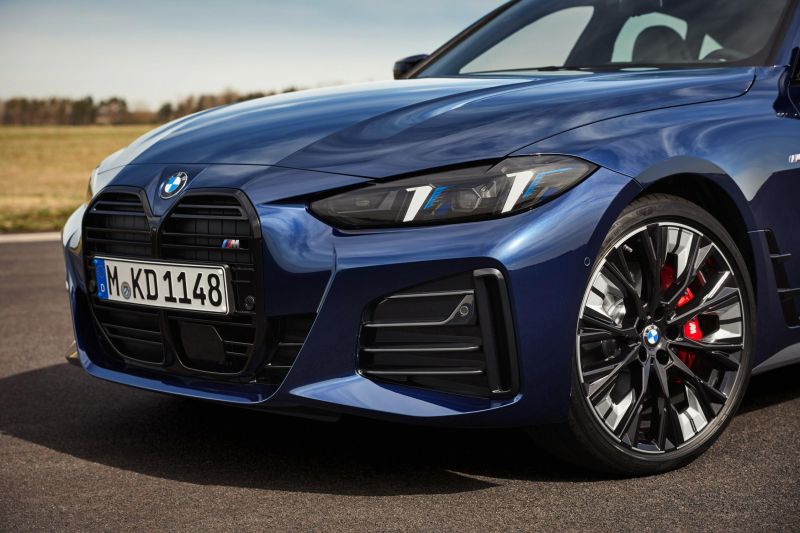Electric vehicles (EVs) operate through a relatively straightforward process compared to internal combustion engine (ICE) vehicles, relying primarily on electricity stored in a battery to power an electric motor. Here’s a breakdown of how they work:
- Battery:
- EVs use large rechargeable batteries (typically lithium-ion) to store electrical energy.
- These batteries are charged from an external power source, such as a home wall charger or public charging station.
- Electric Motor:
- The battery sends power to an electric motor, which converts electrical energy into mechanical energy (torque) to drive the wheels.
- Most EVs use a single motor for either the front or rear wheels, but some models feature dual motors for all-wheel drive or even four motors for high performance.
- Inverter:
- The inverter plays a crucial role in converting the DC (direct current) electricity from the battery into AC (alternating current) electricity for the motor.
- Controller:
- This system manages the flow of electricity from the battery to the motor, determining how much power is needed based on the driver’s input on the accelerator pedal.

- This system manages the flow of electricity from the battery to the motor, determining how much power is needed based on the driver’s input on the accelerator pedal.
Driving Dynamics
- Torque Delivery:
EVs provide instant torque, enabling quick acceleration without the need for gears or a traditional transmission system. - Regenerative Braking:
- When the driver releases the accelerator pedal or applies the brakes, the electric motor acts as a generator, converting kinetic energy from the wheels back into electrical energy to recharge the battery.
- This system improves efficiency, particularly in stop-and-go traffic.
- Single-Pedal Driving:
- Many EVs allow drivers to control acceleration and deceleration using just the accelerator pedal.
- As the pedal is released, the vehicle slows down using regenerative braking and may come to a complete stop without the need to press the brake pedal.
Specialized Types of Electric Vehicles
- Battery Electric Vehicles (BEVs):
- Fully electric, relying solely on a battery for energy.
- Examples: Tesla Model 3, Nissan Leaf, and Hyundai Ioniq 5.
- Fuel Cell Electric Vehicles (FCEVs):
- Use a hydrogen fuel cell to generate electricity onboard, which charges a smaller battery that powers the motor.
- Example: Toyota Mirai.

Advantages Over Combustion Engines
- Efficiency: Electric motors are far more energy-efficient than internal combustion engines, as they convert a higher percentage of energy from the battery into motion.
- Simplicity: Fewer moving parts mean less maintenance (no oil changes or spark plugs) and higher reliability.
- Emissions: BEVs produce no tailpipe emissions, contributing to reduced environmental impact.
Categories:



